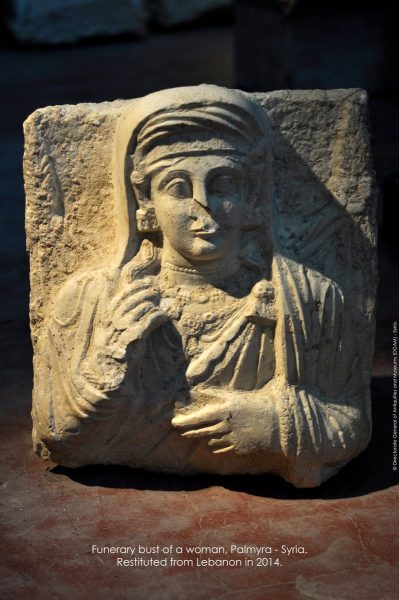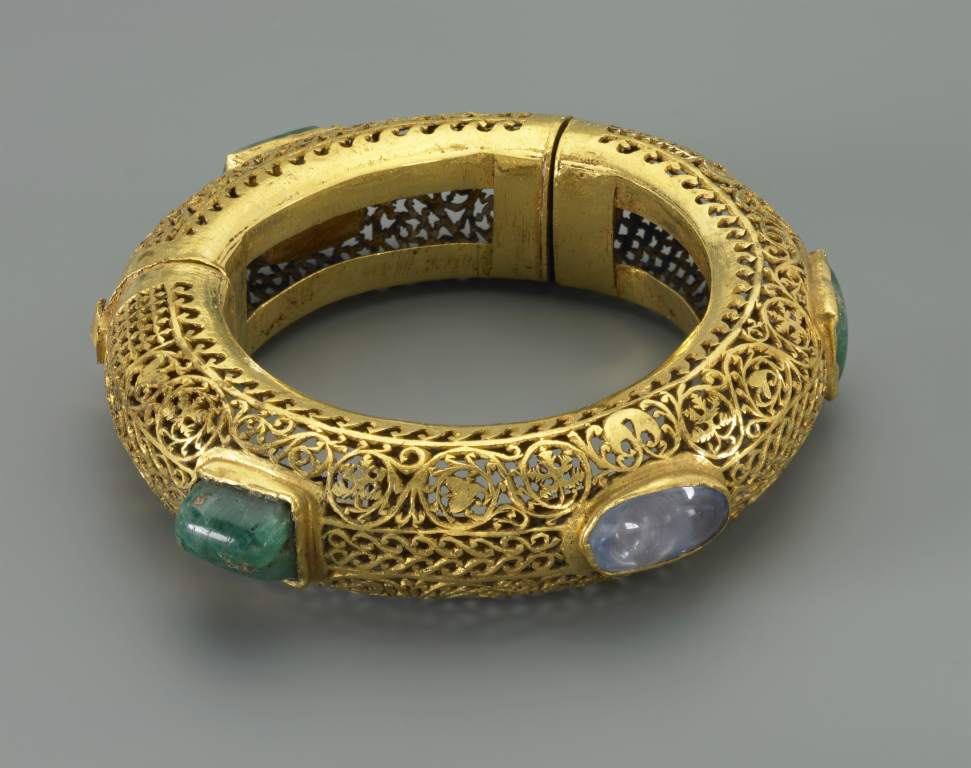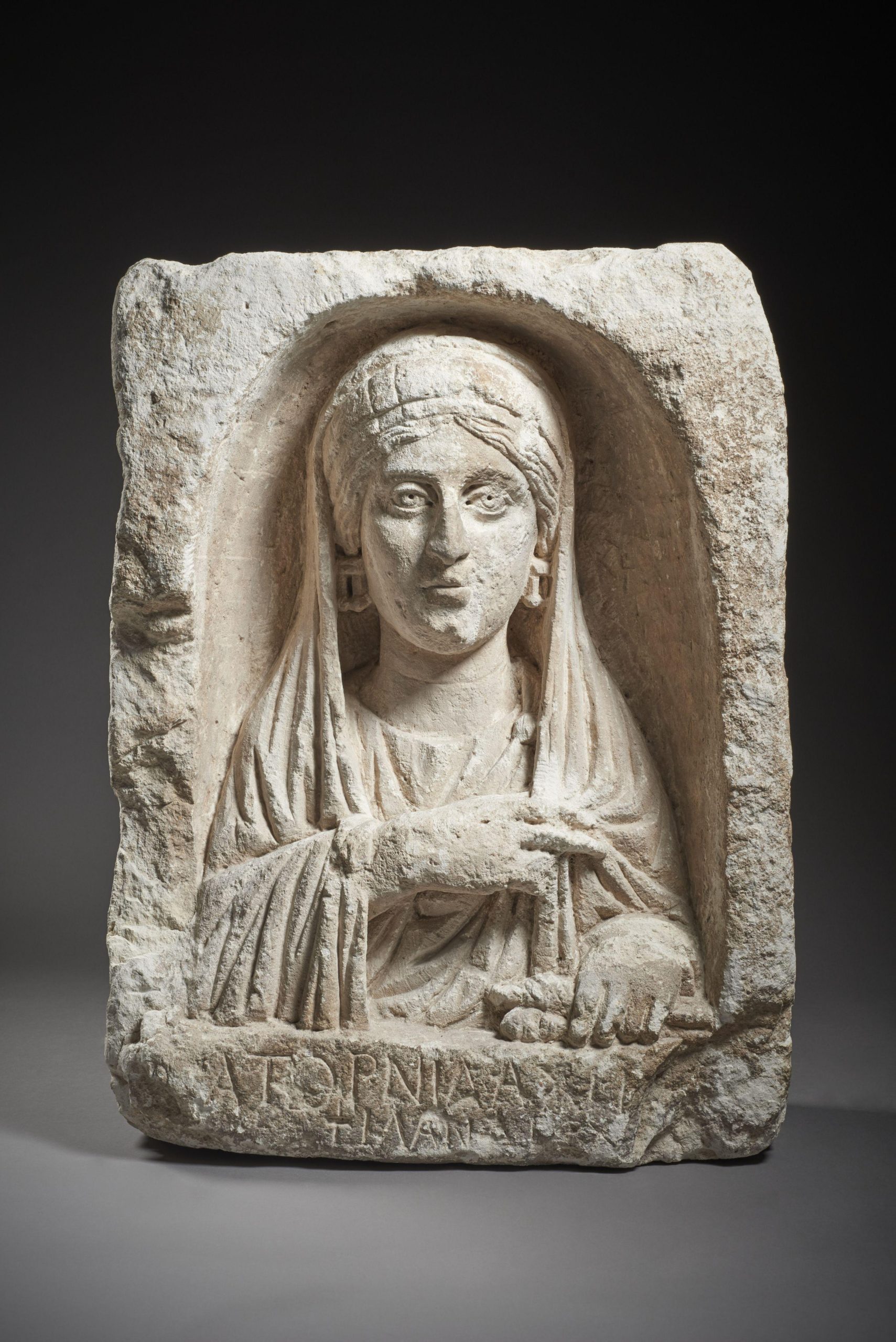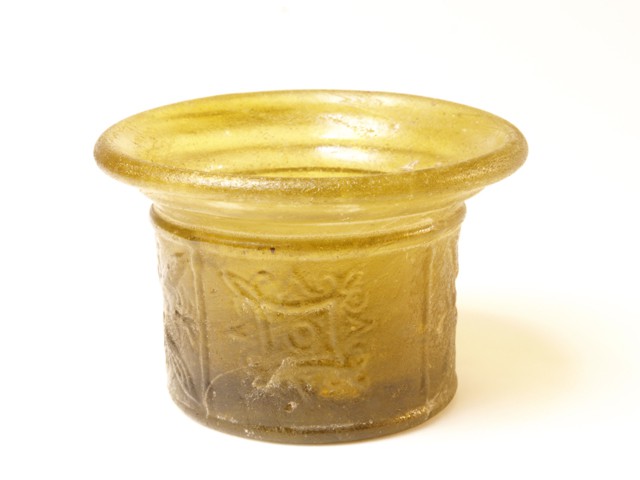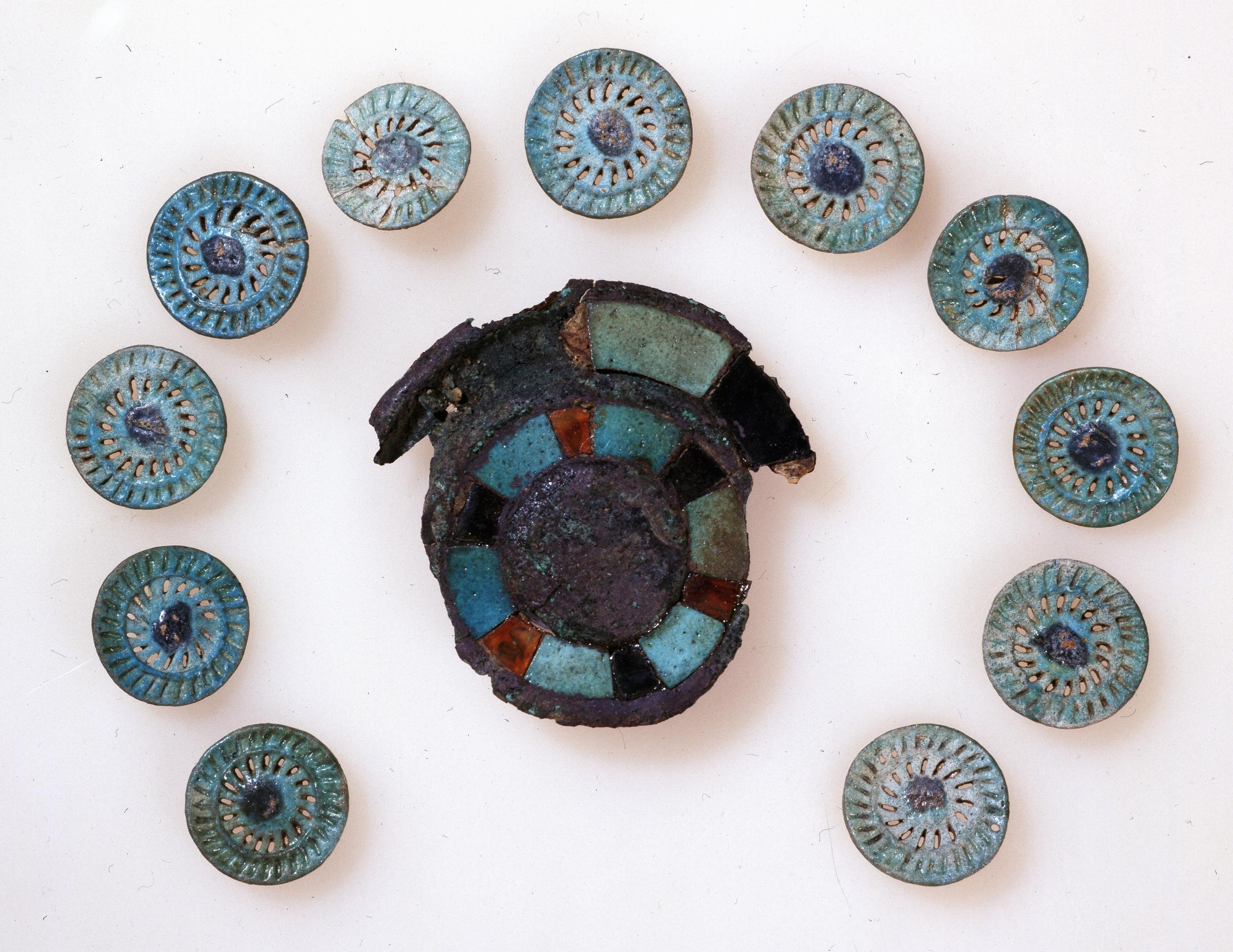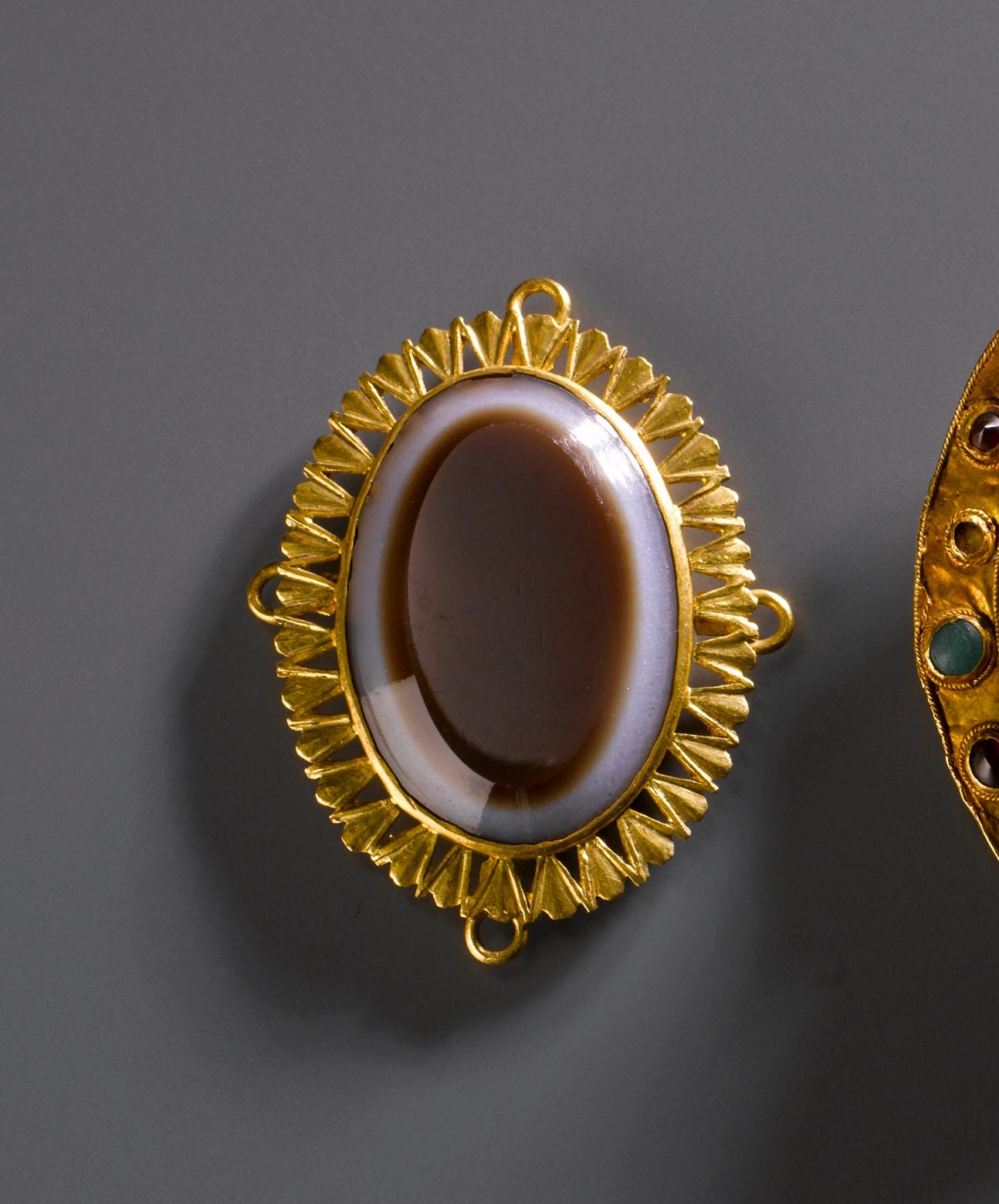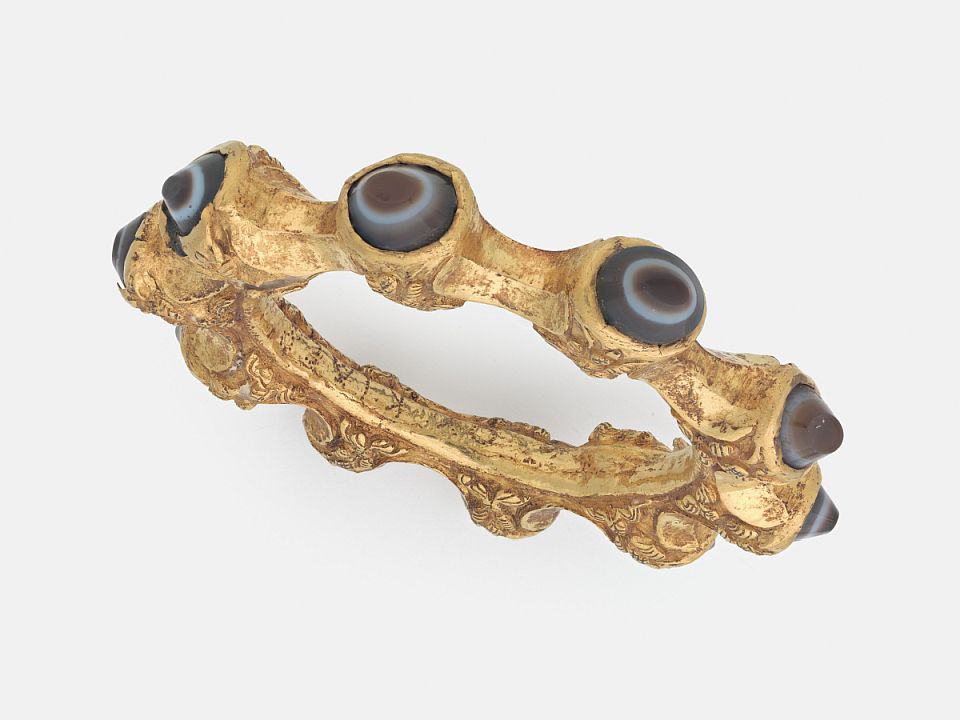- Funerary reliefs with spinning objects: a new issue; Erika Cappelletto https://books.openedition.org/artehis/2536
- Palmyrene women holding a distaff and a whorl: a symbol of modesty or of professional pride?; Ilona Skupinska-Lovset https://books.openedition.org/artehis/2434
- OMNIPOTENS ET OMNIPARENS DEA SYRIA. ASPECTS OF HER ICONOGRAPHY; Ilona Skupinska-Lovset https://arheo.ffzg.unizg.hr
- Das syro‐hethitische Grabdenkmal: Untersuchungen zur Entstehung einer neuen Bildgattung in der Eisenzeit im nordsyrisch‐südostanatolischen Raum. By Dominik Bonatz. Mainz: Philipp von Zabern, 2000
- How to Cope with the Dead in Ancient Near Eastern Archaeology. Dominik Bonatz
- https://www.hittitemonuments.com/maras/
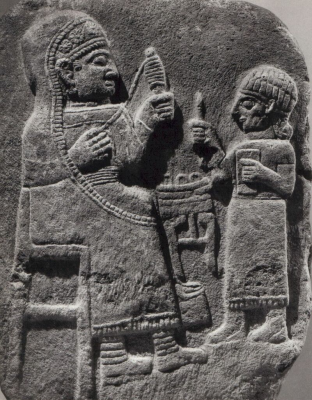

https://www.hittitemonuments.com/maras/maras14.htm
a funerary stele, or more probably an altar, from the city of Marash (ancient Gurgum), dated to the late eighth–early seventh century b.c., with a frontal depiction of a woman wearing a finely decorated dress and seated on a bed.
“Assyrian Clay Hands” in the Architecture of the Ancient Near East, SEBASTIANO SOLDI, The Metropolitan Museum Journal 52/2017

